The Commodification of Medicine and Fitness: The Good, the Bad, and the Ugly
The need for medical and fitness services/products continues to grow. In the United States, and around the world. The corporate and industrialized delivery of medical and fitness products/ services continues to grow to meet increasing demand. Innovations in medical diagnostic technologies, surgical procedures, biomaterials, and medicines help individuals live longer, and with a higher quality of life. Technology and scientific research are propelling fitness product/service innovation with digital activity monitoring apps . . .


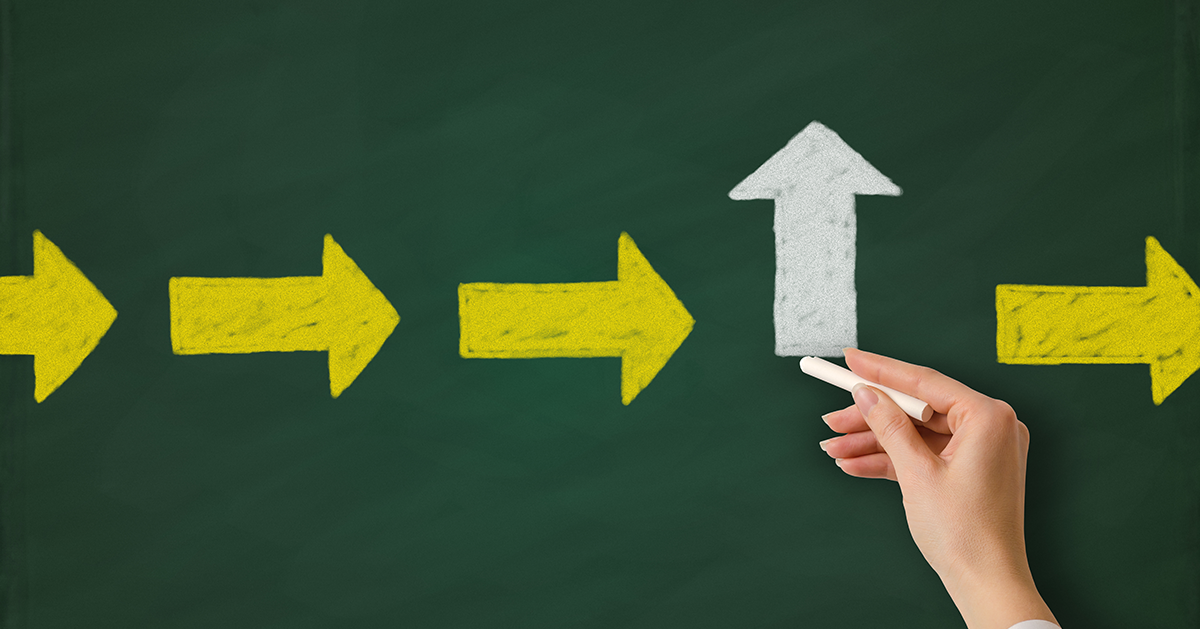
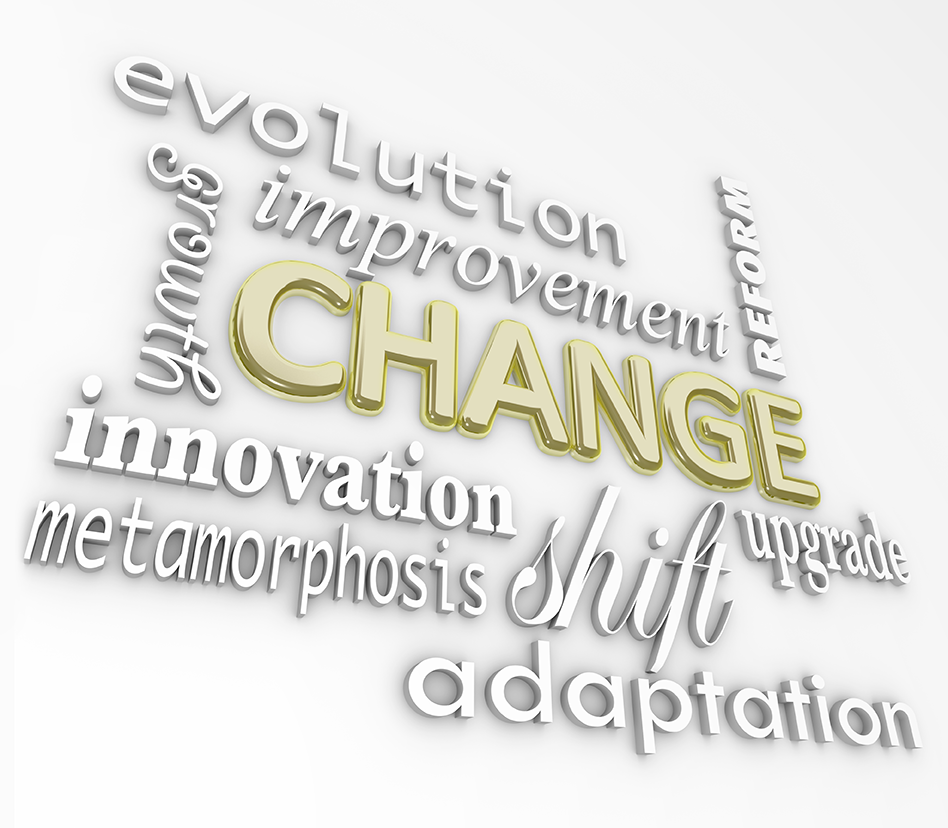
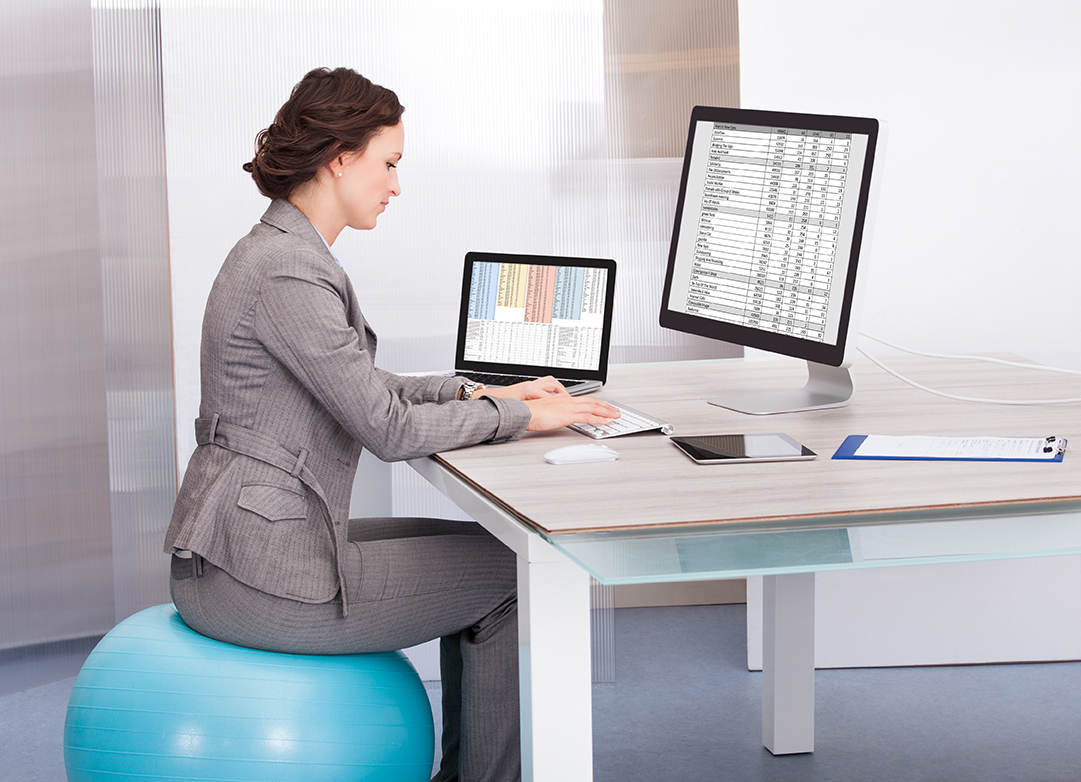
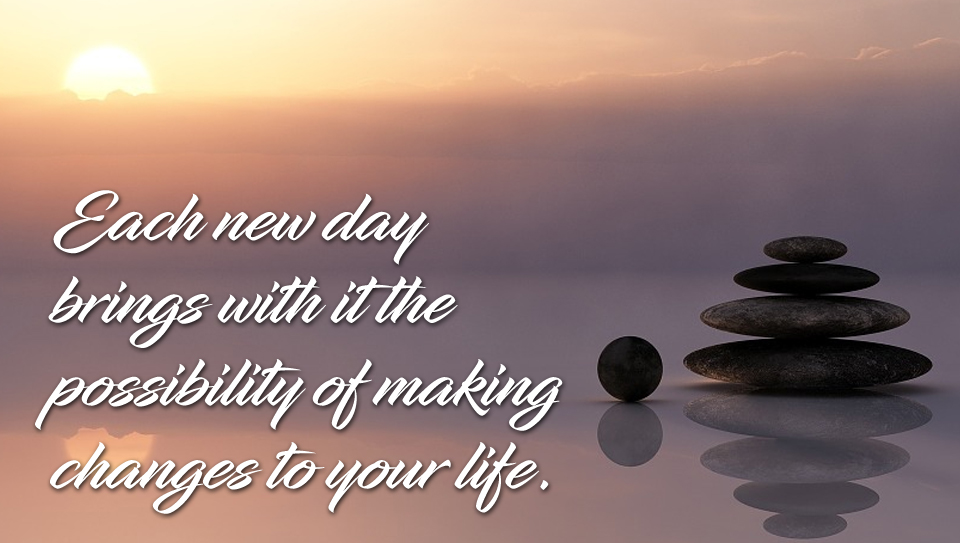
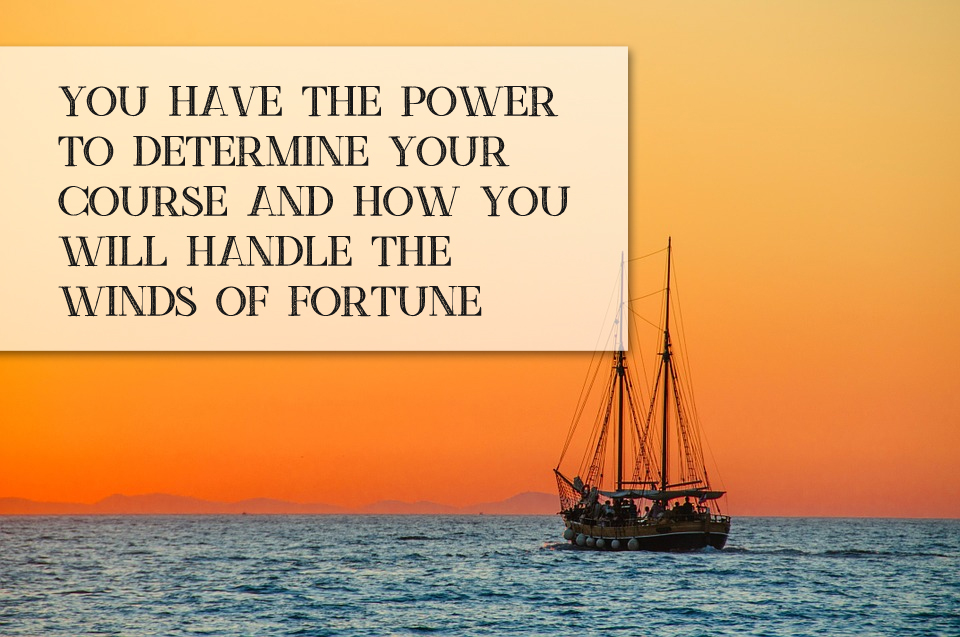


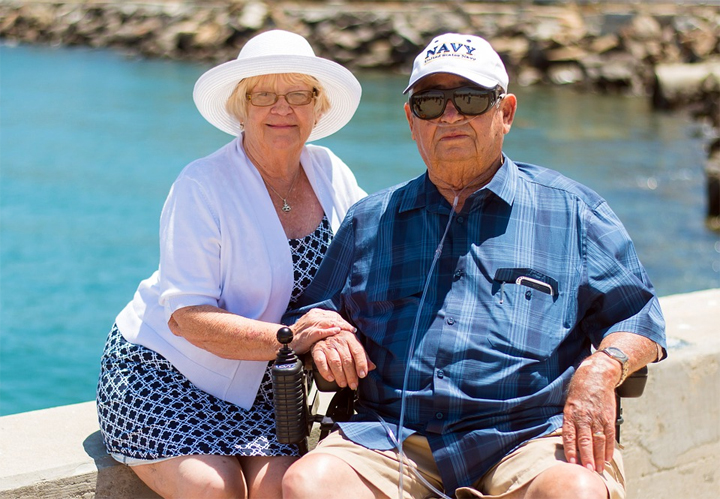
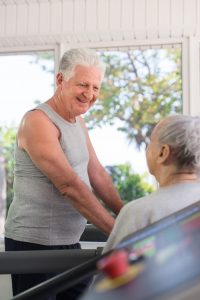
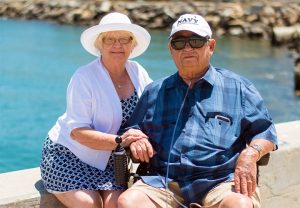 Vacations for seniors
Vacations for seniors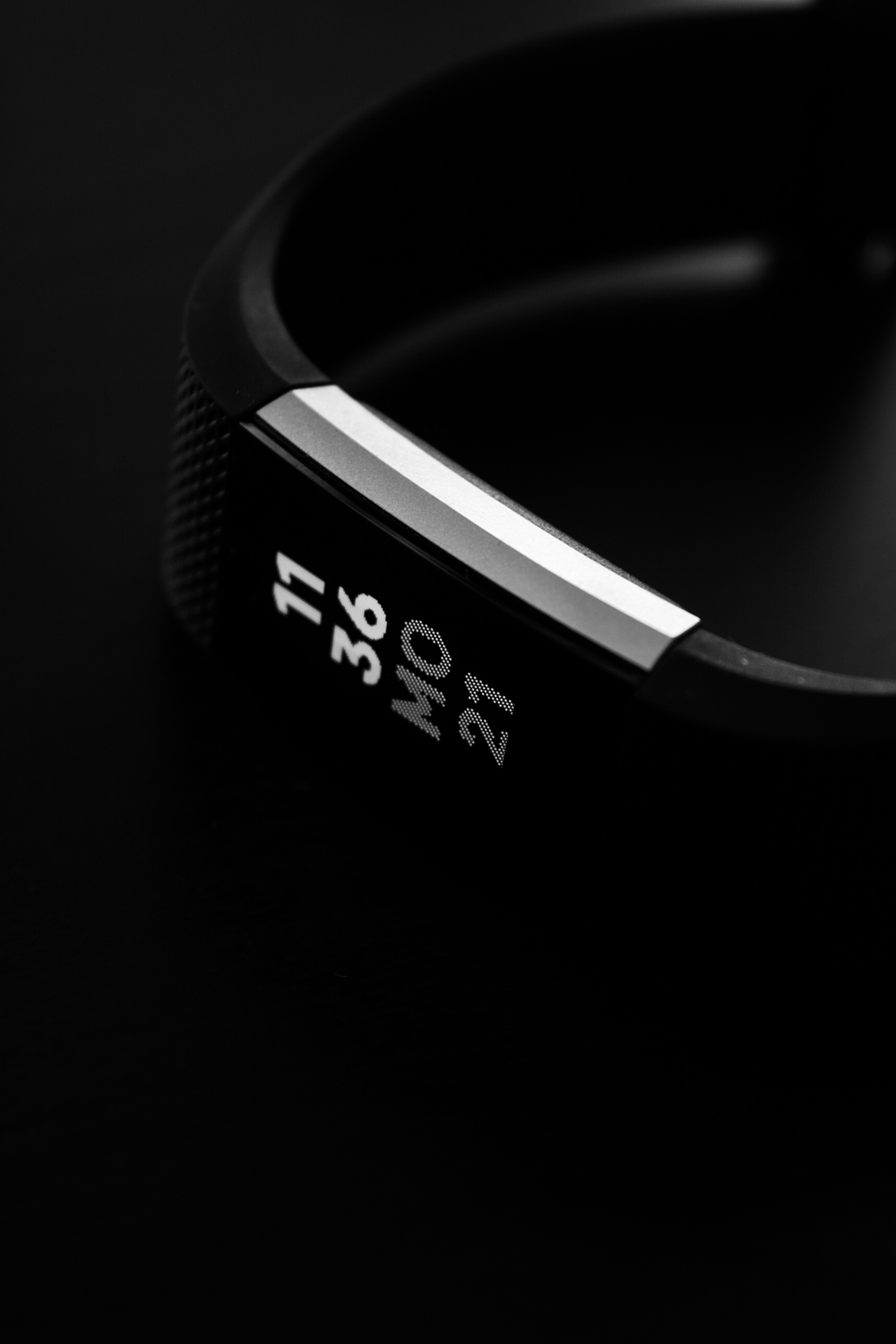
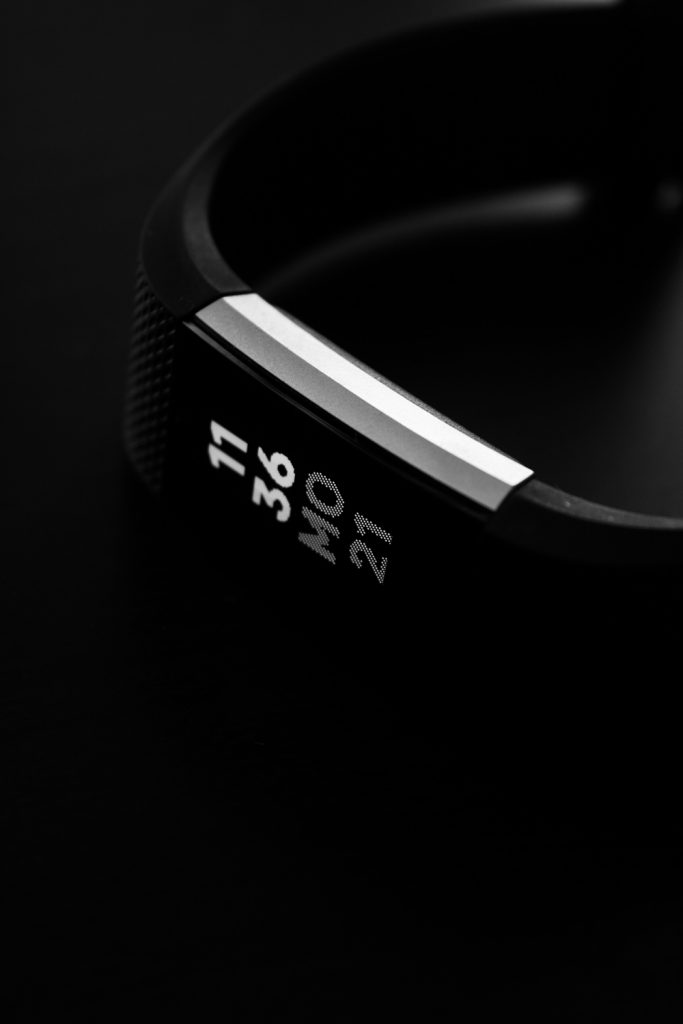 Question: What is the danger of health-related technologies in the hands of the general public?
Question: What is the danger of health-related technologies in the hands of the general public?